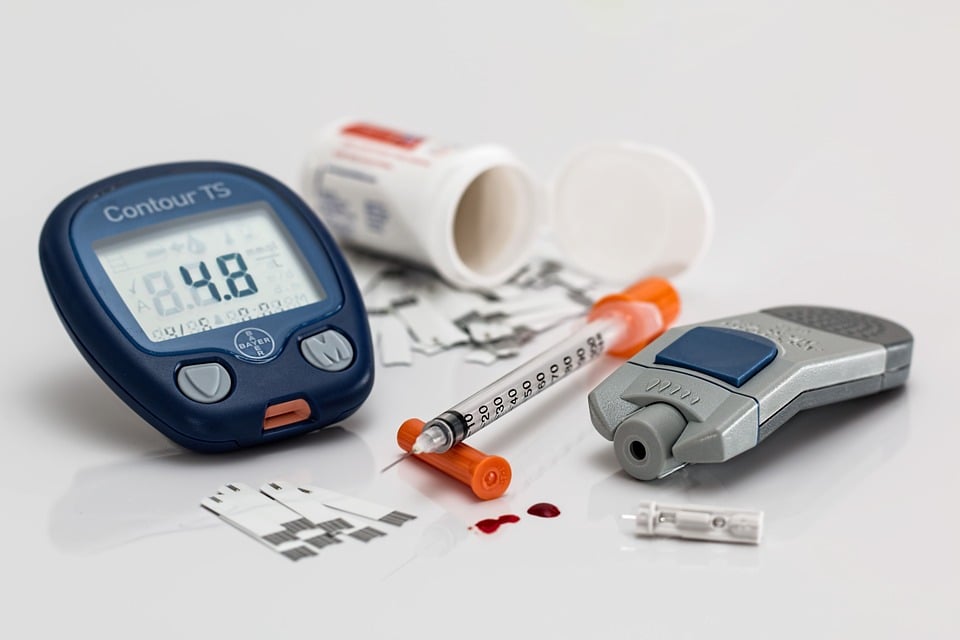IoT in healthcare is a paradigm shift towards better patient care. The evolution of this very technology has not taken many years since the dawn of the behemoth - internet. There are truly innumerable ways you can put IoT to use. Healthcare is just the tip of the iceberg.
By 2022, most of the wearable devices are bound to be a part of IoT ecosystem. That means well connected world with slim to no chance of miscommunication between the devices or the systems they are connected to.
IoT in Healthcare: Benefits and Uses
Use 1
Patient care is the main objective of any wearable medical device. IoT just makes it much easier to communicate and transmit the patient data through internet from a remote location. What is the benefit? The patient’s physical presence has been compensated by the sensor data. Though the sensor data may not be 100% accurate this is much preferred than going down to the hospital every time you feel like something is wrong, even though everything is perfect internally.
Use 2
Definitely the cost of hospital charges will come down drastically. Since the sensor data is constantly monitored by the patient as well as the attending doctor however the doctor is not physically present with patient. The data is logged and scanned for potential threats from the patient’s end. If there is an emergence that is when you consult the doctor. Reduction in the trips to the hospital is proportional to the medical expenses.
Use 3
Ability to make better decisions for patient’s further treatments. Unlike one-time tests, this sensor data is recorded for a period of time and that data can be represented in the form of graphs and charts which provide visual appeal and understanding. This data collected over some time is useful to make well informed decisions on the patient’s treatments rather than basing the entire diagnosis on single test from the lab.
Use 4
Reduced error rate. This is common in all the automated systems. IoT is a part of automation in devices therefore making less room for errors. When it comes to health, the data should be correct to the point. If there are any discrepancies in the data, the outcomes are far worse and unfathomable for the patient. When the records were manually kept, by entering in the computer or just keeping the records in the files, we tend to make mistakes. IoT totally solves that problem.
Is the existing device form factor ready for the market?
There are some devices, which measures the blood glucose levels (non-invasive), pulse oximeters, Electrocardiogram patches and more. Not all the products are wearables, that is one of the major setback for IoT devices.
The next important thing to consider is security. In any device connected to the internet the security is of major concern and we are witnessing hackers steal data from top intelligence agencies and how hard can it be hack a small wearable IoT device?
When the patient is truly in a remote area where the availability of network is limited, the data transmission will be difficult. Well, there are methods to store the data locally until the device comes online. However, internet availability is the key issue in these type devices. Believe it or not, only a top 20% of the population in the world are able to use high speed internet connection. Those who are living in remote areas don’t have that kind of connections and in some places the internet is totally not available.
Outside of personal use, these IoT devices were also used in clinical trials to gather data over months and figure out a way to make the trial move in right direction, towards a possible solution. As mentioned earlier, the value of IoT is only realised when all the devices are communicating, and the outcomes will be smooth only if vast majority of the population are making use of it.
Developing and producing devices with smaller form factors is not an easy task since the circuitry and sensors required to do the job are considerably huge in size. To make the devices truly wearable without much hazel, it will take time.



